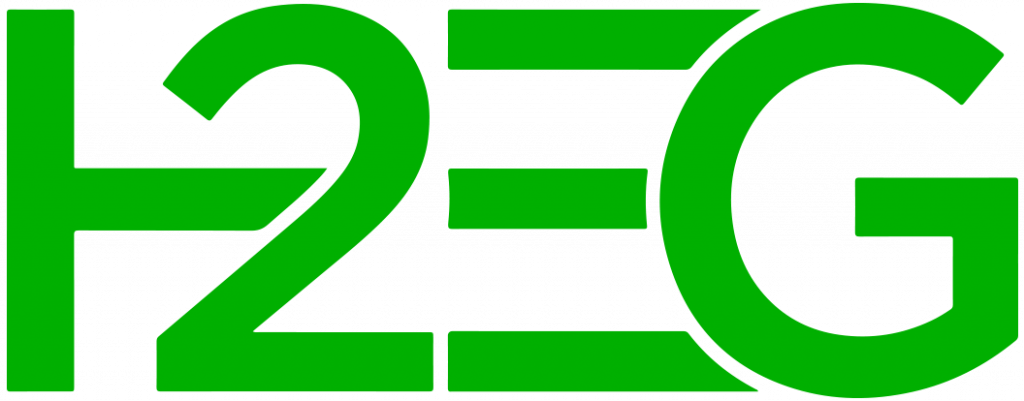
Pulsenic’s AI-driven electrochemical impedance spectroscopy (EIS) hardware was used to monitor the health and performance of the electrolyser stacks.
The partners said it represents the “first” real-world commercial use of AI diagnostic technology for green hydrogen production.
“This breakthrough helps hydrogen producers lower costs, extend asset lifetimes and build confidence in hydrogen as a reliable energy source,” the Toronto-based technology firm said in a statement.
The statement added that because OEMs like Endua often guarantee uptime, lifetime, and production output, access to advanced AI-driven performance data helps reduce risk, validate performance, and strengthen customer confidence.
“Industrial hydrogen users want to create their own supply on-site, and they need guarantees on performance and uptime,” explained Endua CEO Paul Sernia.
“AI analytics from Pulsenics helps us to offer the latest high-performance technology and deliver on these promises to our customers.”
Following the Australian deployment, the two companies plan to expand AI-powered monitoring to larger electrolyser systems and international projects.
Never miss a hydrogen headline
Hydrogen moves fast – stay on top of it with our daily and weekly briefings.
- Daily: The top five hydrogen stories, straight to your inbox
- Weekly: The week’s biggest news, features, interviews and analysis
- North American Bulletin: Dedicated coverage of the region’s key hydrogen developments

